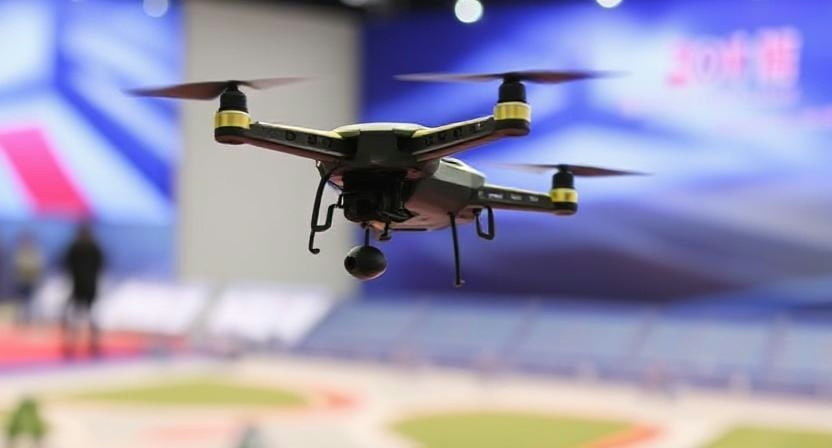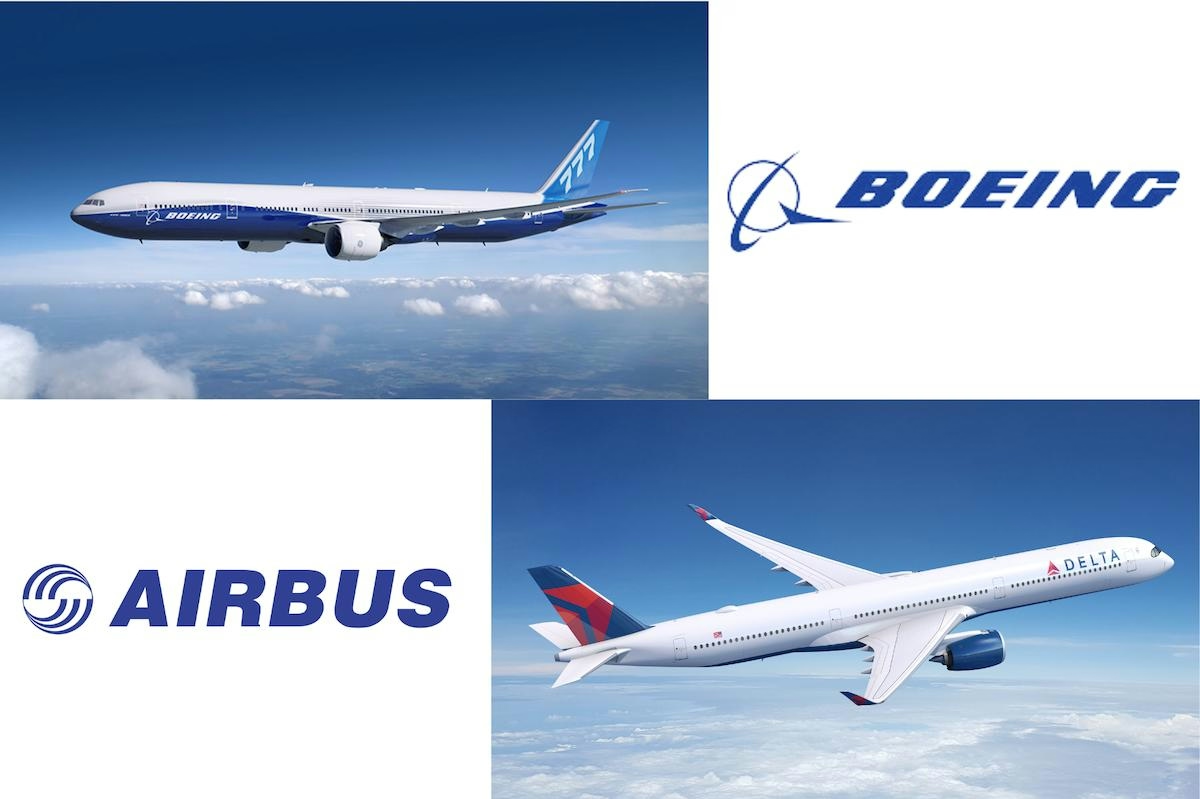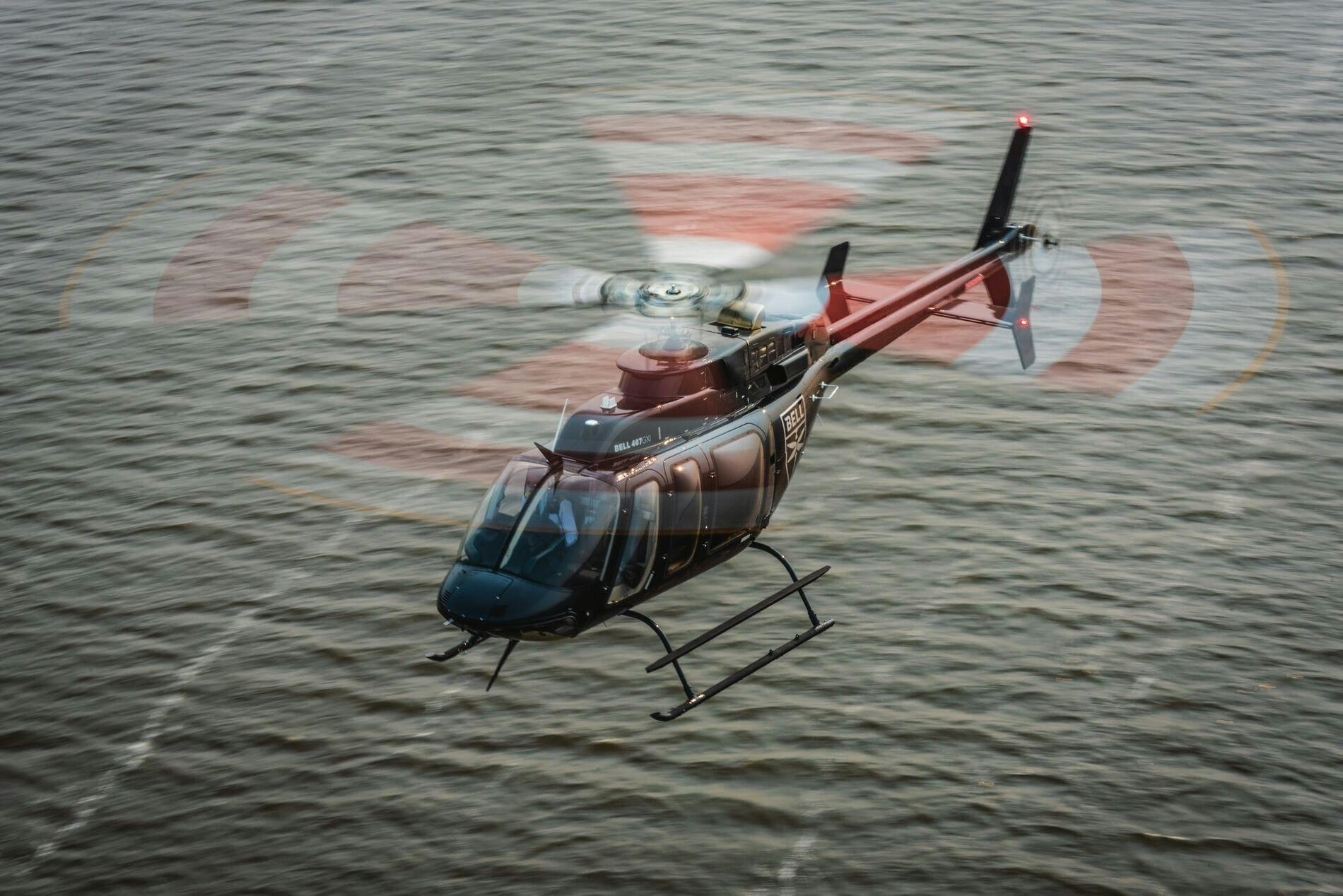
AeroGenie — ваш интеллектуальный второй пилот.
В тренде
Categories
Challenges and Practices in Aircraft Parts Distribution

Challenges and Practices in Aircraft Parts Distribution
Aircraft parts distribution constitutes a vital yet frequently underappreciated component of aviation safety. Every flight depends on the prompt and precise delivery of thousands of specialized parts, ranging from sophisticated avionics systems to basic fasteners. Although the logistics involved may seem straightforward, the reality is a highly intricate global supply chain that encompasses a broad network of suppliers, distributors, and regulatory authorities. This network currently confronts a series of escalating challenges, including technological disruption, evolving regulatory frameworks, and shifting market dynamics.
The Scale and Scope of the Industry
The aircraft parts distribution industry is extensive, covering both commercial and general aviation sectors. Data from the U.S. Census Bureau indicates that over 2,000 businesses in this field generated approximately $49 billion in annual sales and employed more than 37,000 individuals as of 2017. On a global scale, the industry’s significance continues to grow in tandem with rising air travel demand. Revenue passenger kilometers increased by 10% between 2023 and 2024 and are projected to expand by 4% annually through 2030, according to McKinsey. This growth intensifies pressure on airlines, lessors, and maintenance providers to rely increasingly on distributors, particularly to maintain aging fleets.
Key stakeholders in this ecosystem include original equipment manufacturers (OEMs), specialized distributors, maintenance, repair, and overhaul (MRO) providers, and airlines that must balance fleet renewal with the continued operation of older aircraft. Regulatory bodies such as the Federal Aviation Administration (FAA) and the European Union Aviation Safety Agency (EASA) establish compliance standards, while organizations like the Aviation Suppliers Association provide accreditation to uphold safety and quality benchmarks.
The Distribution Process: From Manufacturing to Delivery
The distribution of aircraft parts is governed by rigorous regulations at every stage, from sourcing to final delivery. Given the critical nature of these components, even minor errors can have severe consequences, necessitating meticulous oversight.
Parts are sourced from OEMs, licensed aftermarket manufacturers, or surplus inventories. Procurement teams rely on Illustrated Parts Catalogs (IPCs) and National Stock Numbers (NSNs) to accurately identify required components. Distributors play an essential role in ensuring that requests are matched with the correct parts, thereby minimizing the risk of errors.
Once procured, parts are stored in secure, climate-controlled warehouses to maintain their integrity. The logistics of distribution are complex, requiring rapid delivery across global networks while adhering to strict documentation protocols. The distributor network itself is fragmented, consisting of thousands of tier-one and sub-tier suppliers, which adds layers of complexity to the supply chain.
Emerging Challenges and Industry Responses
The sector currently faces significant challenges. Global shortages of both new and used serviceable engine parts have resulted in grounded aircraft and increased operational costs. In response, airlines are pursuing strategic partnerships to secure their supply chains. For instance, Air Mauritius is exploring alliances with carriers such as Qatar Airways to enhance parts availability. Meanwhile, competitors like Parker-Hannifin are concentrating on cost containment and strategic acquisitions to sustain operational efficiency.
Additional pressures include stretched supply chains, fluctuating demand, geopolitical tensions, and growing sustainability mandates. The industry is also undergoing a transformation driven by the adoption of artificial intelligence and digital technologies, which are reshaping sourcing, certification, and delivery processes. Regulatory frameworks are evolving in parallel to address these developments, while digital transformation initiatives promise enhanced transparency and efficiency.
Looking Ahead
Aircraft parts distribution stands at a pivotal juncture. As the industry contends with shortages, regulatory changes, and technological innovation, the adoption of best practices centered on agility, collaboration, and stringent compliance will be crucial. The capacity to adapt to these evolving challenges will remain fundamental to maintaining operational efficiency and safeguarding the safety of global aviation.

Europe Advances Aviation Sustainability Through SAF Mandates and Innovation

Lufthansa's Fleet Plans for 2025

Fifteenth National Games Model Aviation Finals in Longhua Showcase Drone Sports and Innovation

Brazilian Woman Becomes First Female Captain of Airbus A380

Airbus and Boeing: Comparing Their Global Reach

Vietjet Orders 100 Airbus A321neo Jets, Strengthening UK-Vietnam Strategic Partnership

The Aircraft Set to Replace the Iconic Superjumbo

Delta Air Lines Introduces AI-Powered Concierge Service

Shanghai to Host 2025 North Bund International Aviation Forum
